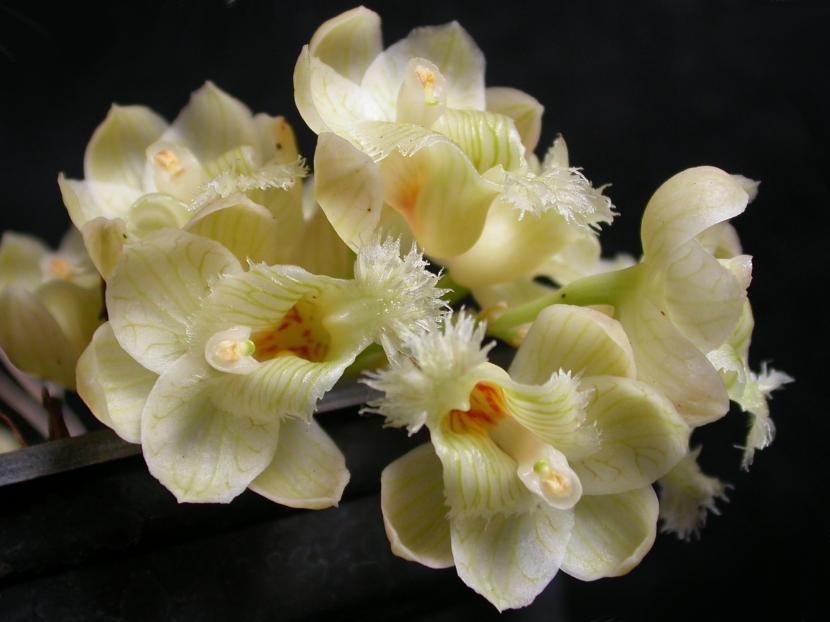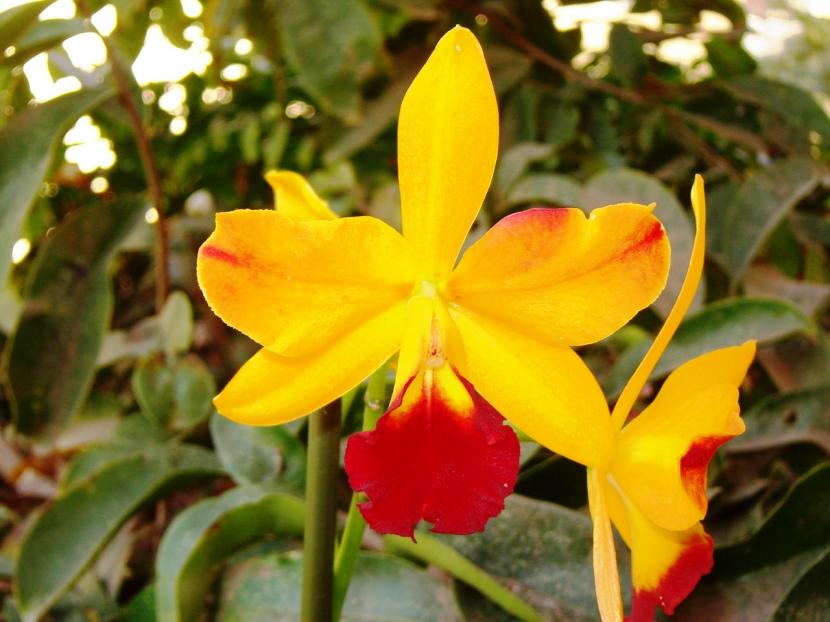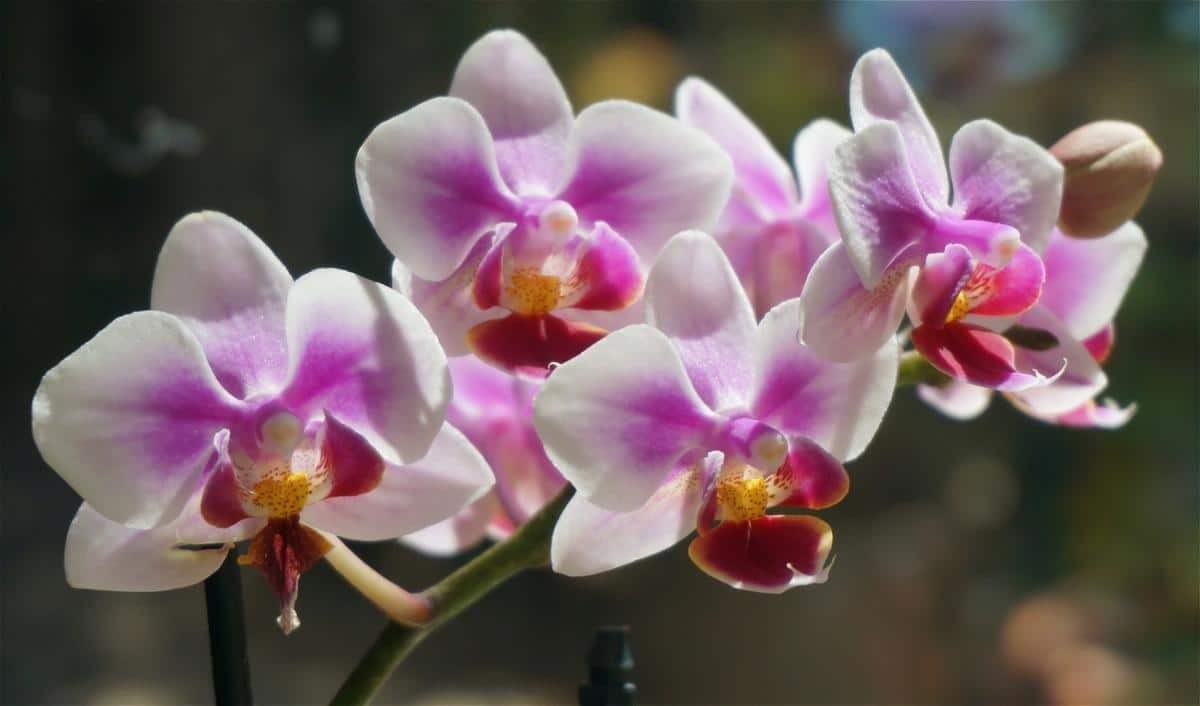
With the arrival of spring (also summer), it is time to open the windows and feel the fresh and clean air that appears after a harsh winter. That is something that refreshes us, but ... your most elegant indoor plants, the Orchids, they also need to cool off.
Every 1-2 years (usually spring or summer) your orchid needs to be transplanted. Then we will tell you 4 signs that will help you to know when is the time to transplant it.

Unpleasant smell in the pot
If you notice a very unpleasant odor in the air around your orchid, it may be the perfect time to transplant. The specific substrate for these plants, when decomposed, can give off a sour smell. And, of course, as the substrate breaks down, orchids cannot absorb the nutrients they need to grow and stay healthy. It also means that the substrate is not allowing proper air circulation for the roots.
Excess moisture and color changes in the roots
Another drawback to note when the bark decomposes is that it absorbs more moisture, something that can be a serious problem for orchids as their roots could drown. You will know if it is time to transplant it if the roots are soft or brown.

Tangled roots
Unlike other plants, Phalaenopsis roots are tangled and nothing happens. It is normal for them. The problem comes when the pot is literally full of roots. Then it will be time to move it to a larger house.
Sick orchid
If your plant looks like it is sick, a transplant in time can help its recovery. If you've overwatered it, let the substrate dry completely before making the pot change. If you think it has fungus, use a scissors previously disinfected and washed with pharmacy alcohol to prune the affected area; then apply a fungicide and change the pot.
Knowing how to identify the signs that our orchids show will help us prevent diseases, and be able to enjoy them for a long time.

My orchids 8 years ago were purple and now they are bright yellow, can that happen?
Hello Silvia.
Yes, it can be due to the type of water (specifically, its alkalinity) or the fertilizer. Also by age.
A greeting.